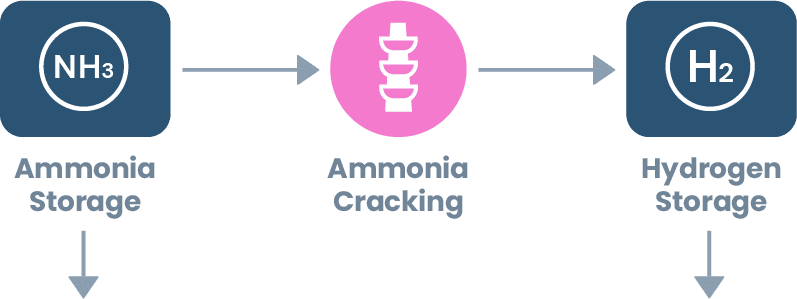Markets




Global marine OEM, MAN Energy Solutions a major supplier to the global shipping sector is developing an ammonia-fuelled two-stroke engine for the marine market. MAN-ES will develop its existing ME-LGIP engine to run on ammonia with 50% efficiency.
Ammonia generated by renewable electricity such as wind has no carbon footprint and emits no CO2, SOx or particulate matter when burned in engines. It is expected to find favour in the maritime industry as it does not need cooling, unlike LNG or liquid hydrogen. It also boasts a higher energy density than liquid hydrogen, making it simpler to store in the quantities needed to fuel deep sea ships.